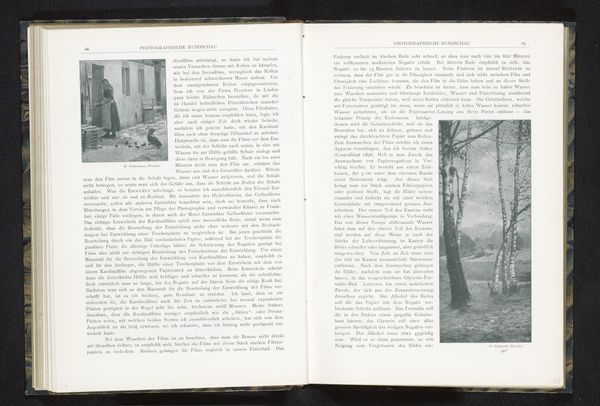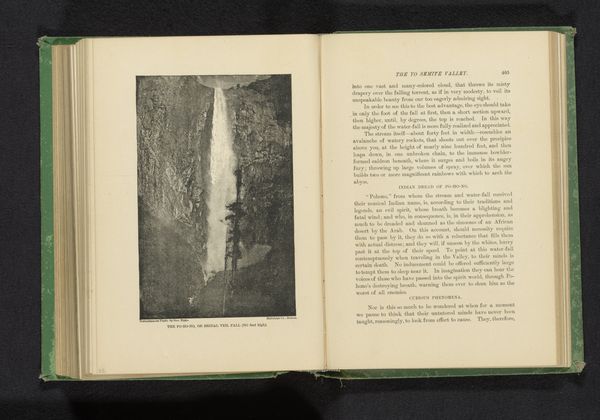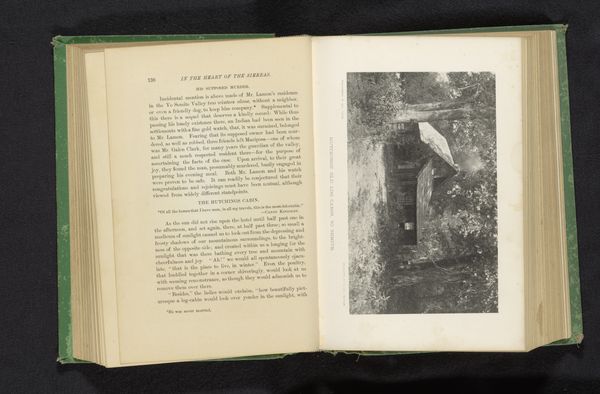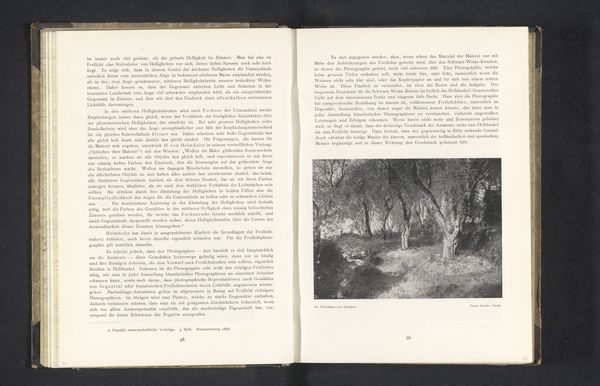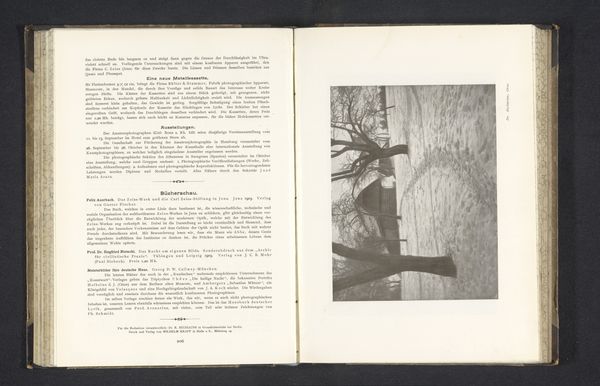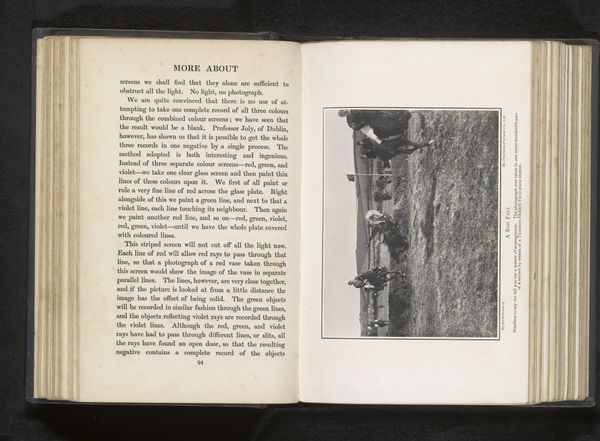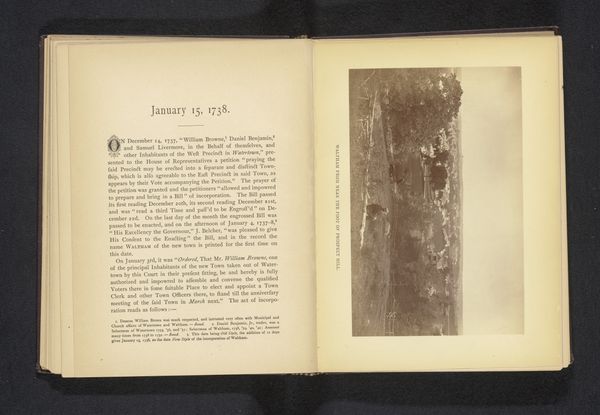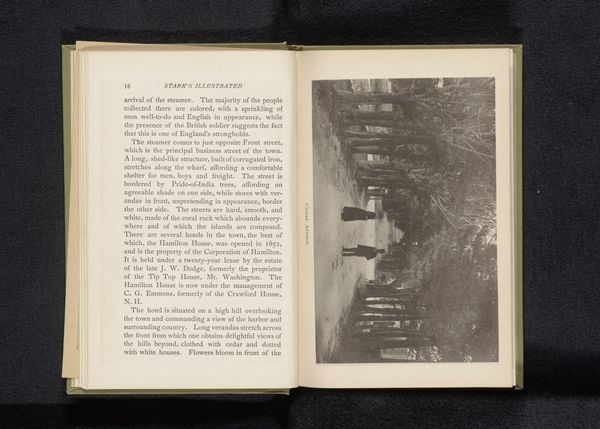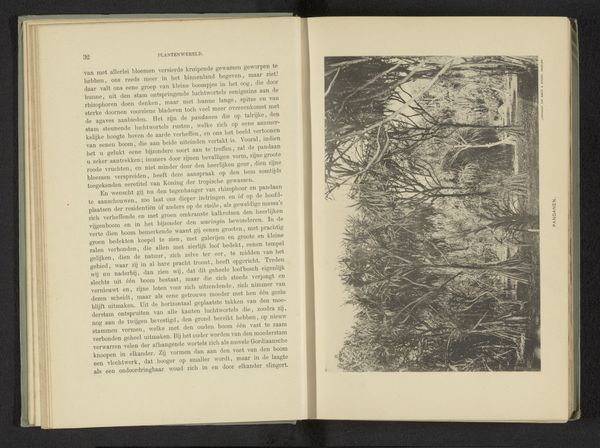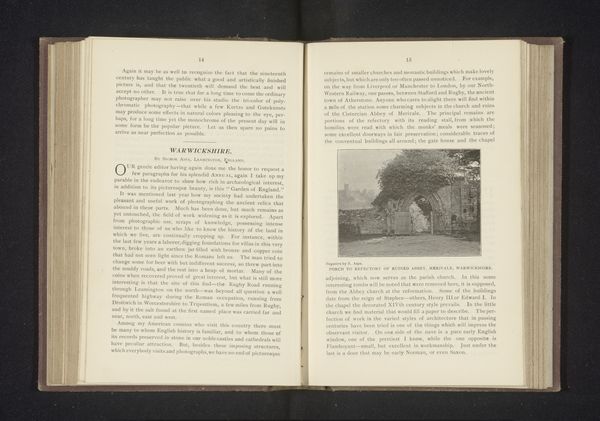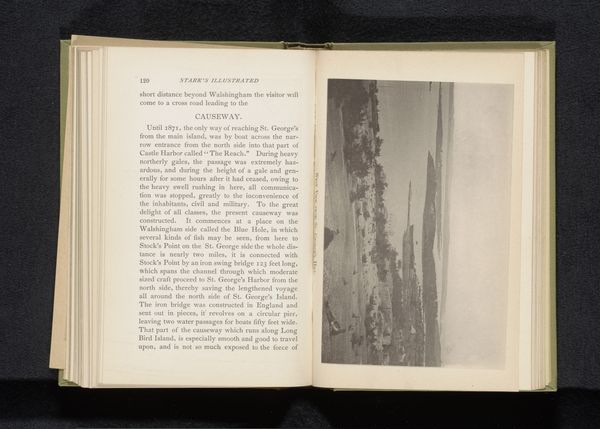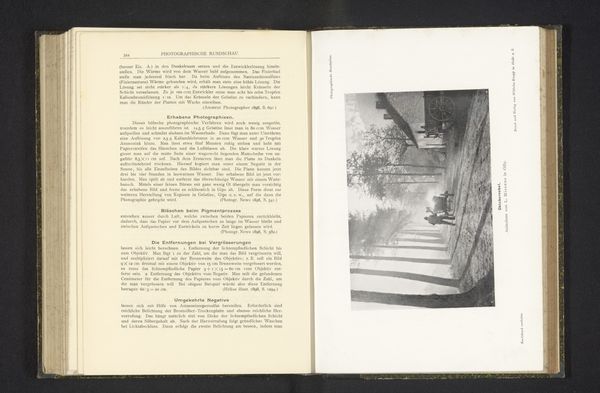
print, photography, gelatin-silver-print
#
still-life-photography
#
pictorialism
# print
#
book
#
landscape
#
german-expressionism
#
photography
#
gelatin-silver-print
Dimensions: height 77 mm, width 40 mm
Copyright: Rijks Museum: Open Domain
Editor: We are looking at "Gezicht op een zeilboot te water," or "View of a Sailboat on the Water," attributed to O. Bozenhardt before 1900. It's a gelatin silver print. The starkness of the light and water really draws my eye. What strikes you when you look at this image? Curator: It’s interesting to see Pictorialism applied to a subject like this, and displayed within a book on photography, most likely for distribution amongst camera clubs. Pictorialism often aimed to elevate photography to the status of fine art by mimicking painting. Note how the softness and tonality almost dissolve detail, pulling away from the “objectivity” typically associated with photography at the time. Editor: So, it's about how the photograph is made, not necessarily about the boat itself? Curator: Precisely. The composition and lack of sharp detail serve less to capture reality, and more to convey a mood, an aesthetic experience. Pictorialism developed amidst debates about photography's artistic merit. Could a photograph truly be art, or was it merely a mechanical reproduction? Photographers like Bozenhardt strategically employed techniques to suggest artistic intervention and subjective vision. What message might that send to the viewer and photography clubs that had access to the book? Editor: It feels like the photographer is saying, "Yes, this is art. See how painterly it is?" They're aligning themselves with established artistic traditions of the time. So, placing a photo in a photography book suggests some effort on creating community and a network. Curator: Exactly. The photographic community needed to position themselves in relation to not only fine art painters and galleries, but also larger societal movements that determined which type of photograph was valuable. Editor: I hadn’t thought about it in terms of how much cultural negotiating photographers had to do. It gives the image new resonance for me. Thanks! Curator: My pleasure! Thinking about art within the socio-political environment in which it lives helps us reveal some its secrets.
Comments
No comments
Be the first to comment and join the conversation on the ultimate creative platform.
